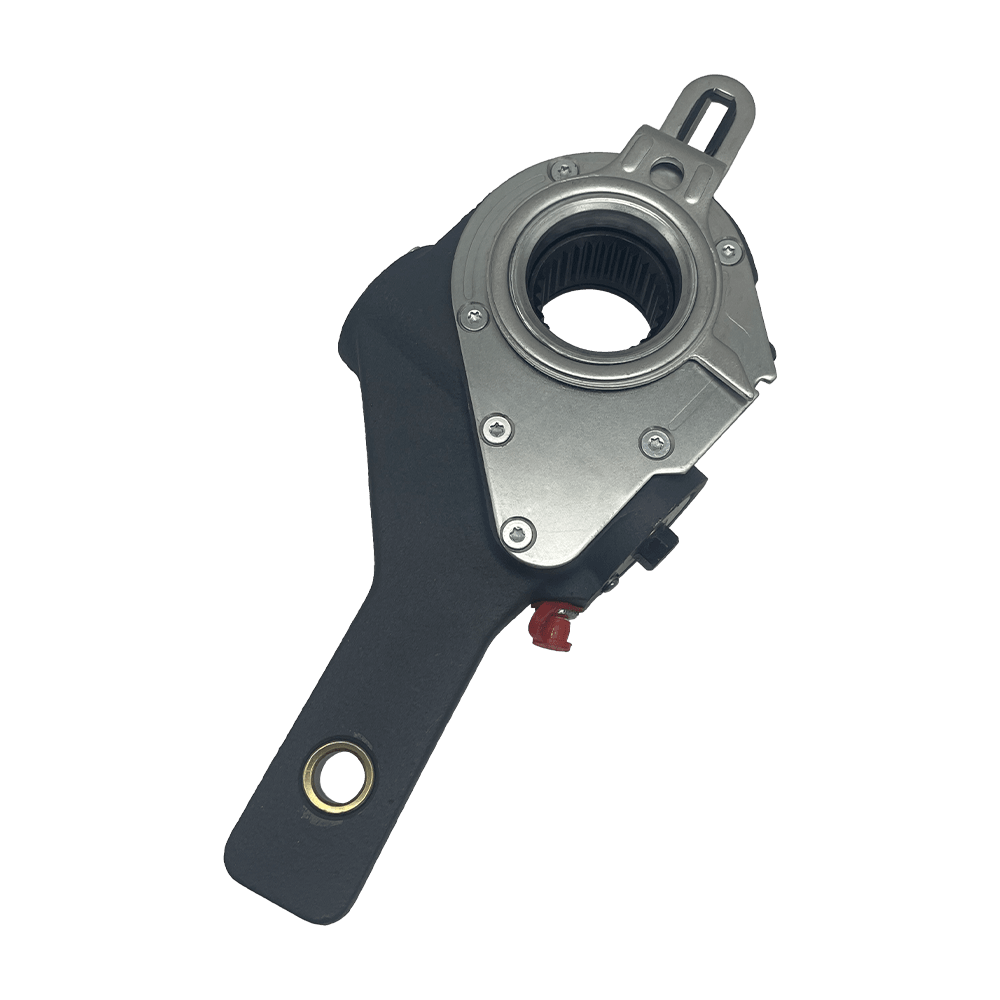Powerful Braking Performance: The pneumatic prowess of air brake systems manifests in their unparalleled ability to generate substantial braking force, a critical attribute for heavy-duty vehicles navigating diverse terrains and handling substantial loads. This robust braking performance is foundational for ensuring not only safety during routine operations but also the capacity to halt rapidly in emergency situations, safeguarding lives and cargo alike.
Fade Resistance: Air brake systems exhibit a remarkable resistance to brake fade, a phenomenon that can compromise braking efficiency under prolonged or intense use. This resistance stems from the system's inherent ability to manage heat effectively. As heavy-duty vehicles often face scenarios like extended downhill descents or stop-and-go traffic, the fade resistance ensures that braking efficiency remains steadfast, maintaining optimal performance even under arduous conditions.
Cooling Efficiency: The cooling efficiency of air brake systems is a testament to their pneumatic design, facilitating the dissipation of heat generated during braking. This characteristic is not merely a convenience but a necessity for heavy-duty vehicles engaged in demanding applications. Efficient heat dissipation not only prevents brake system overheating but also contributes to the longevity of brake components, reducing the likelihood of premature wear and ensuring sustained performance over extended periods.
Uniform Braking: Achieving uniform braking force across all wheels is a hallmark of air brake systems. In the intricate dance of heavy-duty vehicle dynamics, this uniformity is instrumental in promoting stability and predictability during deceleration. The systematic distribution of braking force ensures that the vehicle comes to a controlled stop, mitigating the risk of skidding or loss of control, especially in situations demanding precise handling.
Safety Redundancy: The incorporation of dual circuits within many air brake systems adds an extra layer of safety through built-in redundancy. In the unfortunate event of a failure in one circuit, the other remains operational, providing a crucial fail-safe mechanism. This redundancy is not just a regulatory requirement but a proactive engineering approach that significantly reduces the potential for catastrophic brake system failure, underscoring the commitment to safety in heavy-duty vehicle design.
Ease of Maintenance: The streamlined nature of air brake systems simplifies maintenance procedures, presenting a pragmatic advantage for fleet operators and maintenance personnel. With fewer components susceptible to wear and tear compared to hydraulic counterparts, air brake systems streamline inspection, diagnostics, and replacement processes. This streamlined maintenance approach translates into reduced downtime, lower operational costs, and enhanced overall fleet efficiency.
Less Sensitivity to Contamination: The reduced susceptibility of air brake systems to contamination, whether from water or other fluids, highlights their robustness in adverse conditions. This robust design ensures that the braking system maintains reliability even in situations where hydraulic systems might falter due to impurities. This feature is not just a convenience but a critical aspect of real-world operational resilience, where environmental factors can impact brake performance.
Compatibility with Multiple Axles: The inherent scalability of air brake systems enables seamless adaptation to configurations with multiple axles, a common characteristic in heavy-duty vehicles like tractor-trailers. This adaptability ensures that braking force is efficiently distributed across all wheels, irrespective of the vehicle's size or axle configuration. The result is consistent and effective braking performance, a prerequisite for the safe operation of large and intricately designed heavy-duty vehicles.
AA1/S-ABA automatic slack adjuster


.png?imageView2/2/format/jp2)
-1.png?imageView2/2/format/jp2)
.png?imageView2/2/format/jp2)
-1.png?imageView2/2/format/jp2)

-1.png?imageView2/2/format/jp2)
-1.png?imageView2/2/format/jp2)
